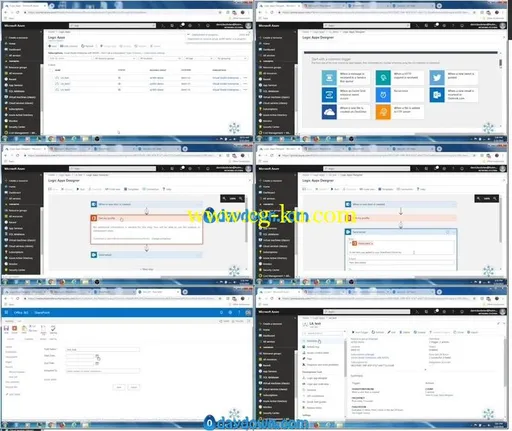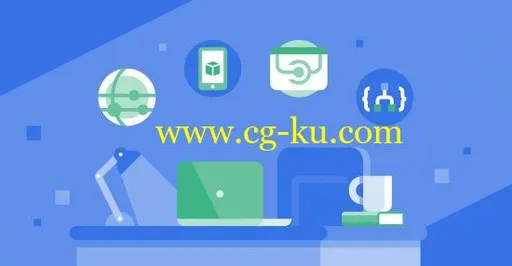Video: .MP4, AVC, 1920×1080, 30 fps | Audio: English, AAC, 44.1 KHz, 2 Ch | Duration: 33m | 1.2 GBInstructor: Derrick So’BrienThe Microsoft Azure cloud offers many options for developers who want to build websites and services on Web Apps.
Normally, the coding is done using proprietary Microsoft languages like C#, Visual Basic, and others.
More recently Microsoft has made it easier for open source developers to use the IDE and language of their choice with support for PHP, Java, Node.
js, and Go for server-side code.
However, some web solutions may not require a complex programming language to meet the requirements, and that’s where Logic Apps comes in.
This course looks at some of the features and benefits of Logic Apps and examines the kinds of business processes that you can easily model.
We will look at the wider topic of workflow and automation problems and then show you how to transform these into Logic App solutions.
We will also look at the internal components that make up a Logic App, including triggers, conditions, actions, and standard connectors.
For connecting to third-party SaaS services, or even your own homegrown APIs, you will learn how to create a custom connector.
You will also learn about rapid deployment using Azure templates.
Learning ObjectivesImplement simple automation and workflow using Logic AppsModel business processes as a series of conditions and actionsMonitor Azure Apps, Office 365, or third-party services using triggersConnect to Azure services and other well-known third-party websitesIntended AudiencePeople who want to become Azure developersNon-developers who want to build point-and-click solutionsSolution architectsPrerequisitesGeneral exposure to basic cloud technologyFamiliarity with the Azure Portal

